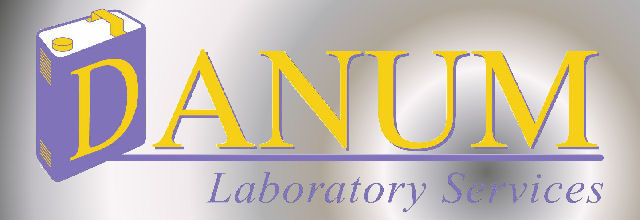
One way of controlling Legionella is to keep water hot, which you may be doing for other reasons already. For example, nursing homes and residential care homes tend to keep water hot for reasons other than controlling legionella, including kitchen and laundry use, to ensure proper boiler operation, or to take account of long pipe runs. However, care is needed where water runs hot. The risks of scalding should be assessed and appropriate measures taken to prevent burns, e.g. warning notices and thermostatic mixing valves on taps.
But whatever treatment method you use, you need to make sure you know:
- what the effective level of control is for your system, e.g. temperature and concentration of biocides
- if the treatment method can cope with changes in the system, e.g. variations in the amount of water used throughout the day
- how you are going to measure the effectiveness of the treatment method; for example, if you are using temperature as a control method you can take the temperature of the water coming out of the taps.
Sampling and testing for the presence of Legionella bacteria is just one way of checking that your system is under control. But it is not a simple test - sampling and detecting legionella requires specialist help. There are a number of Class 1 laboratories that are qualified to test for Legionella pneumophila. The charges for these tests are not too high and you should be supplied with sterile sample bottles.
You need to appoint someone to take responsibility for managing the control scheme that you have put in place. The ‘responsible person’ needs to be competent - that is, they need to have sufficient knowledge and experience of your system to enable them to manage and control the scheme effectively.
If there are several people responsible for managing the system and/or control scheme, for example because of shift-work patterns, you need to make sure that everyone knows what they are responsible for and how they fit into the overall management of the system.
If you decide to employ contractors to carry out water treatment or other work, it is still the responsibility of the appointed person to ensure that the treatment is carried out to the required standards. And remember, before you employ a contractor, you should be satisfied that they can do the work you want to the standard that you require.
If you employ five or more people you must record the significant findings of your risk assessment. This means writing down the significant findings of the assessment and details of any monitoring or checking carried out. If you have fewer than five employees you do not need to write anything down, although it is useful to keep a written record of what you have done. You also need to keep records of your written scheme and who is responsible for managing that scheme. You should also keep the results of your routine monitoring. You need to keep these records for a minimum of five years.
Anyone who is involved in the supply of water systems and their components (e.g. designers, manufacturers, water treatment companies and suppliers) has to make sure that such equipment is designed and made in such a way that it is safe to use at work and that it can be easily cleaned and maintained.
They should tell you what risks might be present and how you can operate and maintain the system safely.
If you are using products or services, for example, for water treatment, the suppliers must make sure that these are effective at controlling legionella and that they can be used safely at work. They should also tell you if, while they are treating your system, they find any problems which could pose a significant risk of Legionella exposure.
Local authorities have special plans for dealing with major outbreaks of infectious disease including legionellosis. These are usually investigated by an Outbreak Control Team whose purpose is to protect public health and prevent further infection. HSE or the local authority Environ-mental Health Department may also be involved in investigating compliance with health and safety legislation.
|
|

